Document Type
Article
Publication Date
2022
Abstract
The law of corporate criminal liability has long elicited deep criticism from many quarters. Respondeat superior, the judge-created attribution rule that affixes criminal blame to corporations, enables the government to exercise too much power while securing too little accountability. It is hardly surprising, then, that the Journal of Corporation Law has published a symposium volume called, “Imagining a World Without Corporate Criminal Law,” of which this article is part.
My contribution predicts that corporate crime’s demise will arise, not from a direct attack, but rather from a series of indirect punches. Respondeat superior premises the corporation’s liability on that of one its agents. Corporate liability therefore relies quite a bit on individual criminal liability. And all signs point to a much narrower and patchier world of individual criminal liability, particularly where white-collar crime and complex investigations are concerned. These trends cannot possibly help enforcement agencies tasked with investigating and prosecuting corporate wrongdoing.
This Article maps a scenario in which white-collar offenses become narrower and more difficult to prove. If federal white-collar crime narrows in scope, so too should the government’s ability to credibly threaten corporate offenders. Several elements of this prediction have already fallen into place; others appear to be on the horizon. Federal prosecutors would do well to read the handwriting on the wall. If we continue along the same trajectory, we can expect a steady erosion of the investigative and enforcement powers the government has long enjoyed.
Rather than try to blunt this process, policymakers should shift their attention to other legal actors who might fill this vacuum. A corporate enforcement system untethered to respondeat superior might produce a type of liability that is more responsive, more sincere, and perhaps, more coherent.
Recommended Citation
Miriam H. Baer,
Forecasting the How and Why of Corporate Crime’s Demise,
47
J CORP. L.
887
(2022).
Available at:
https://scholarlycommons.law.cwsl.edu/fs/492

